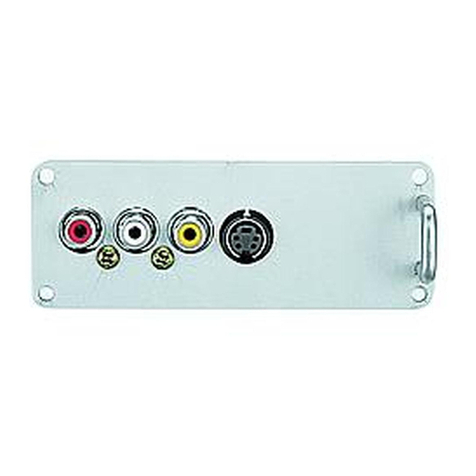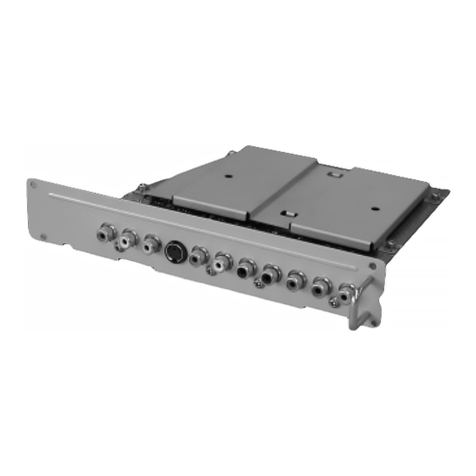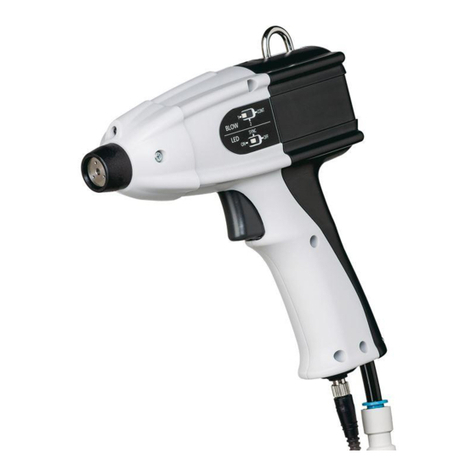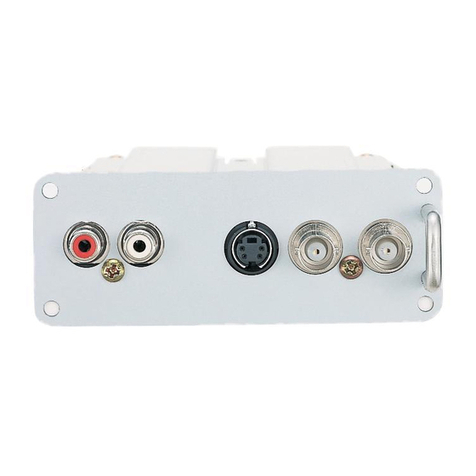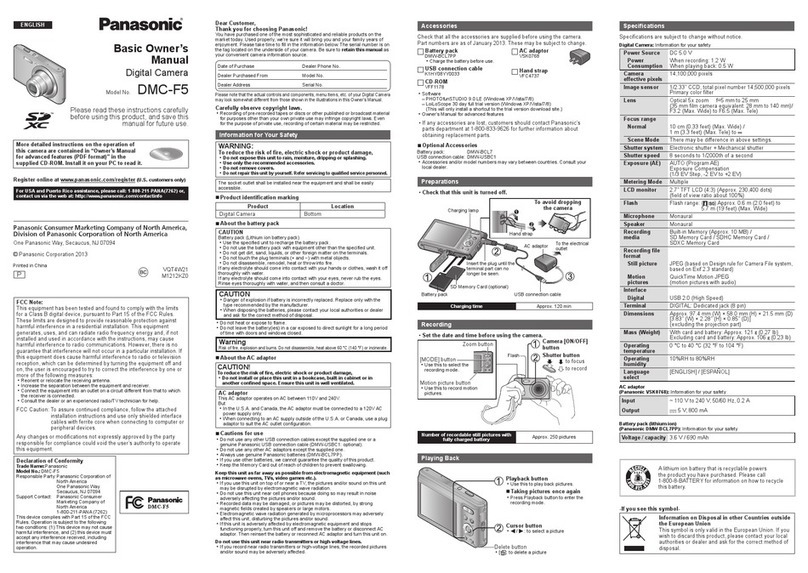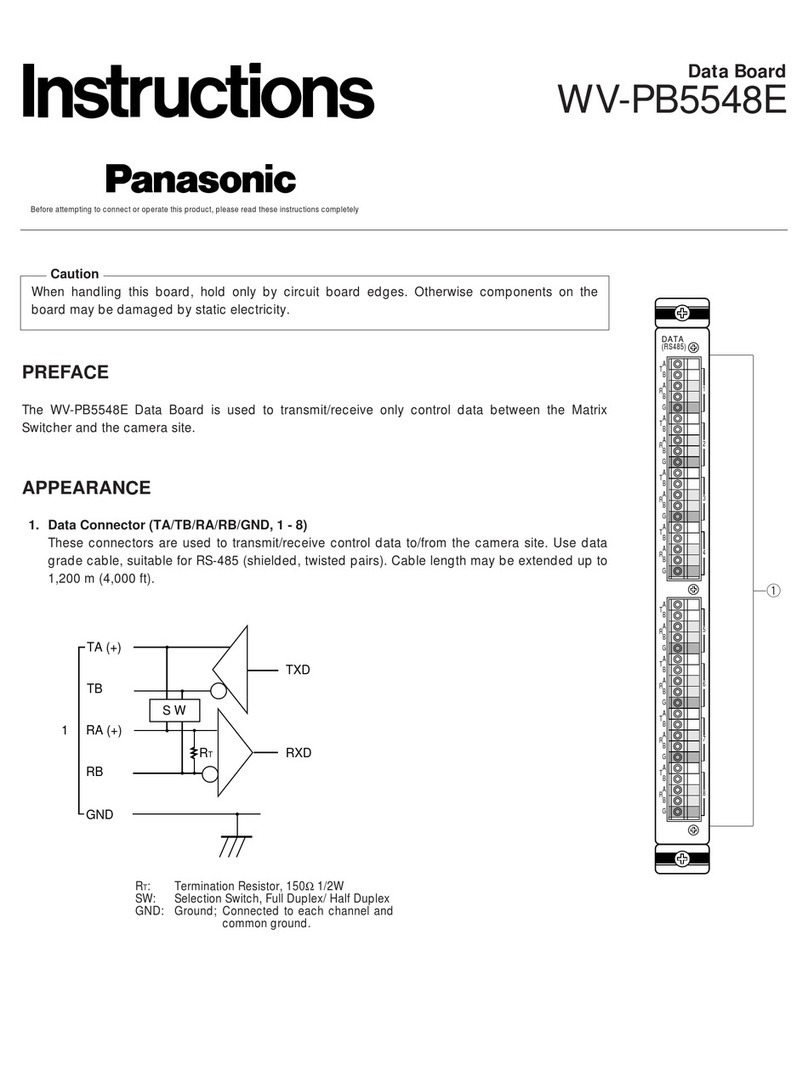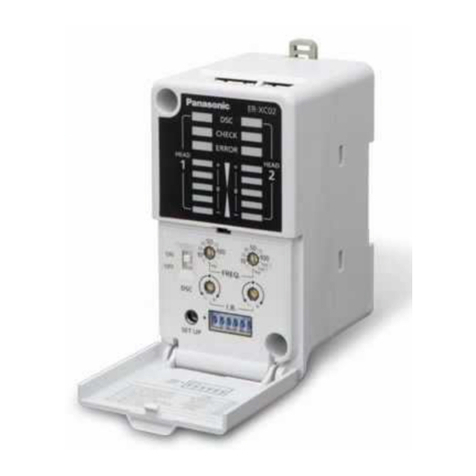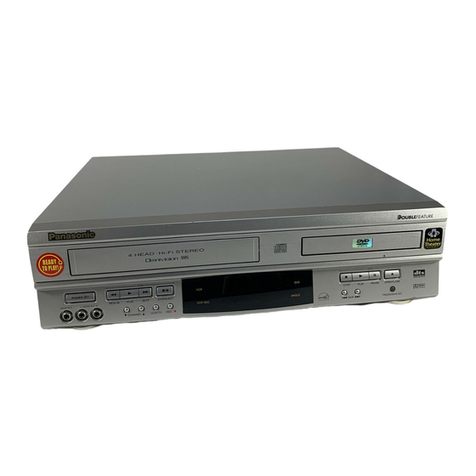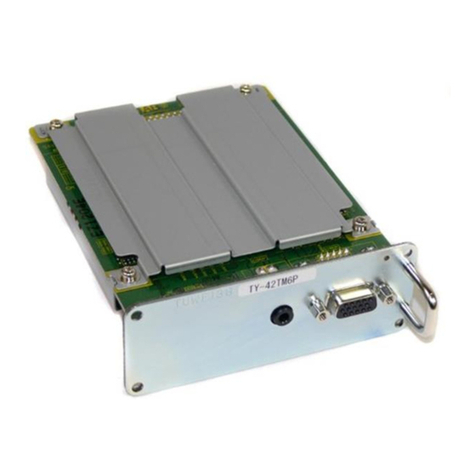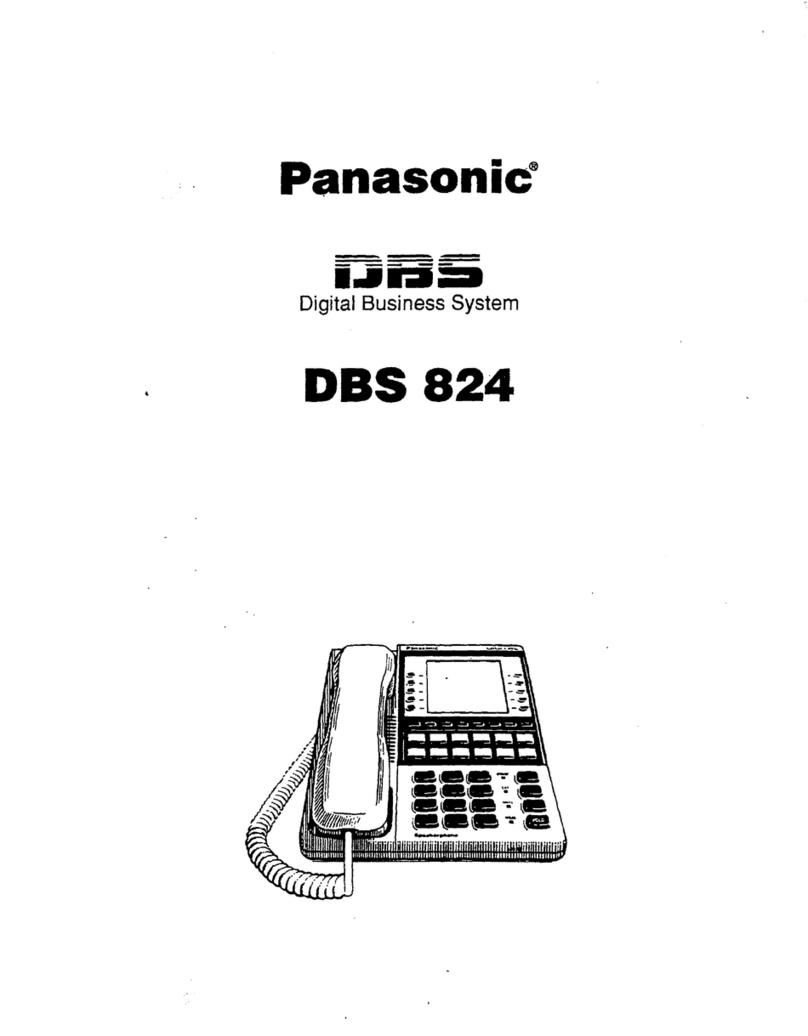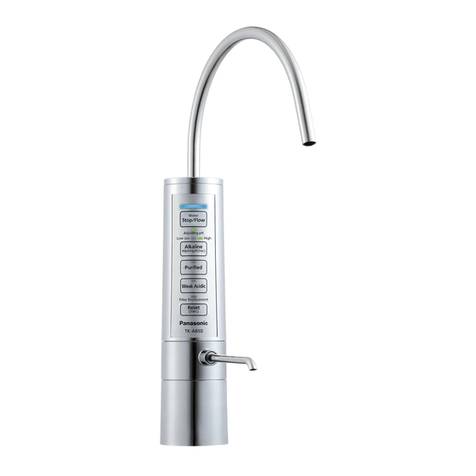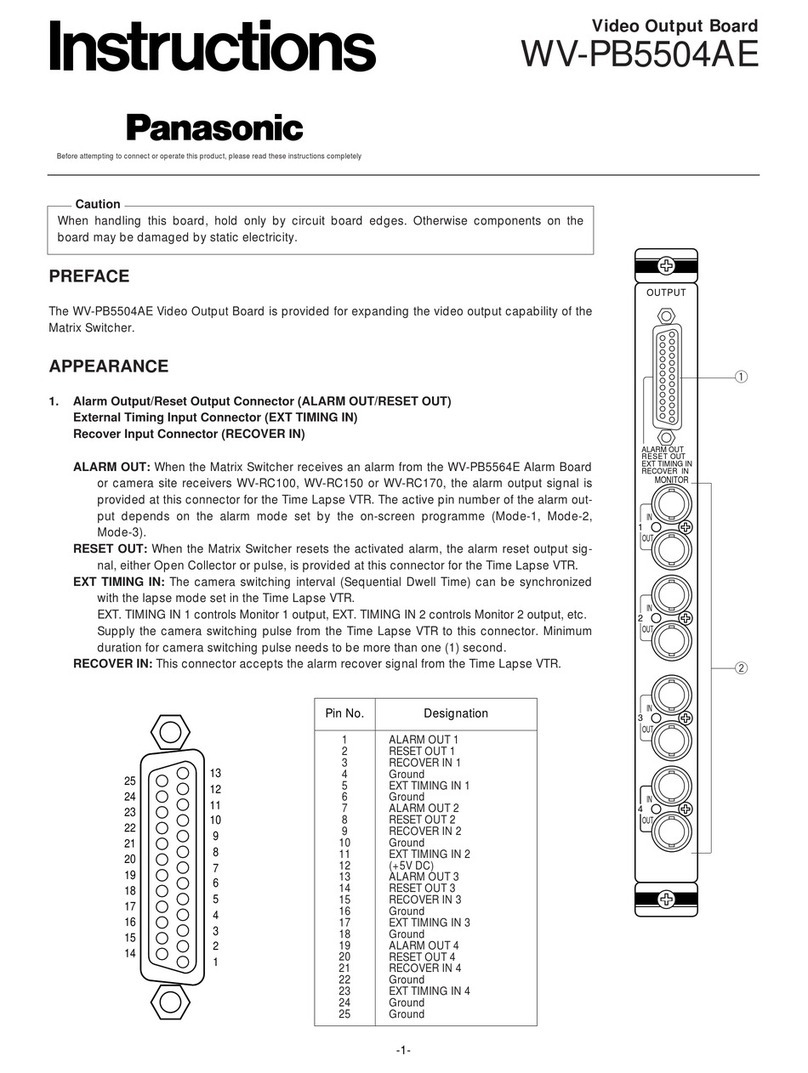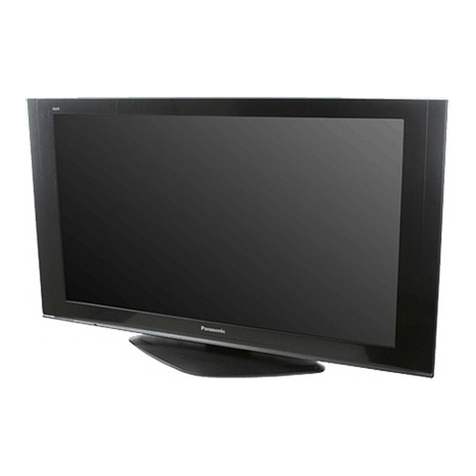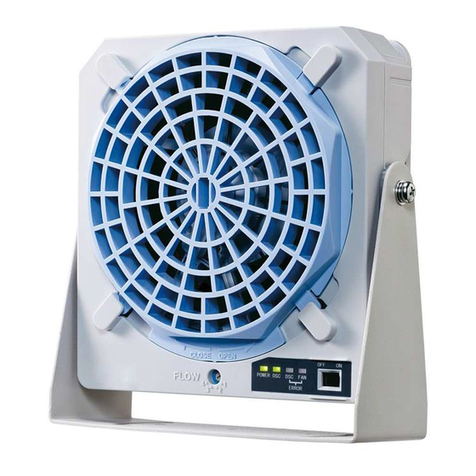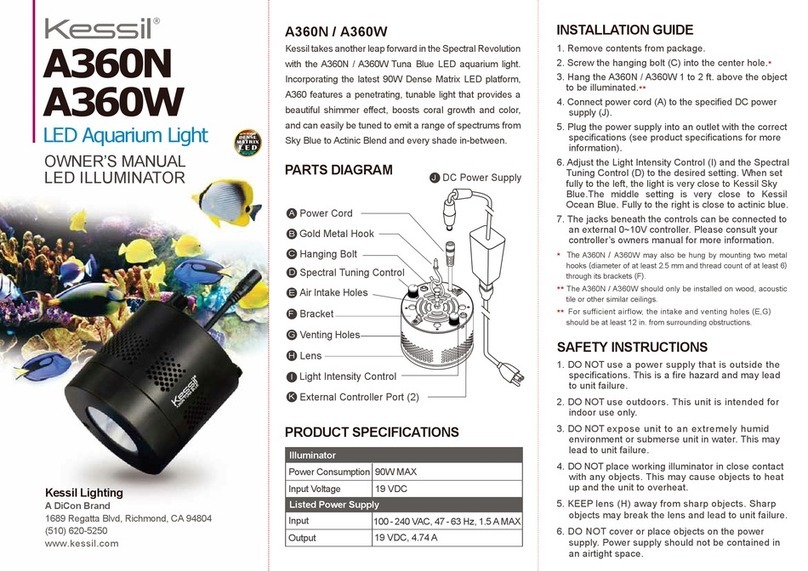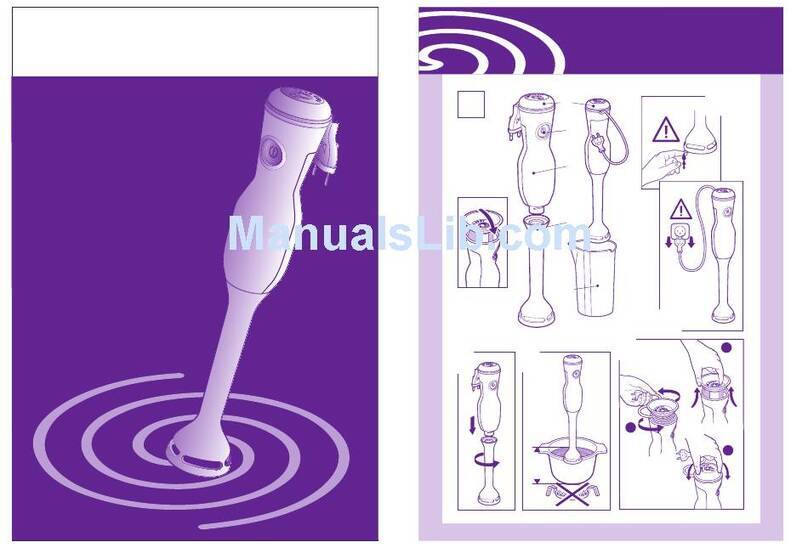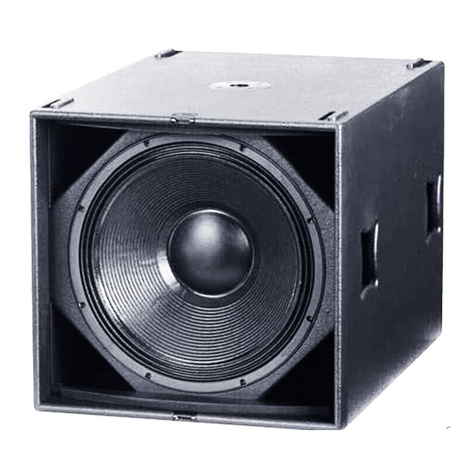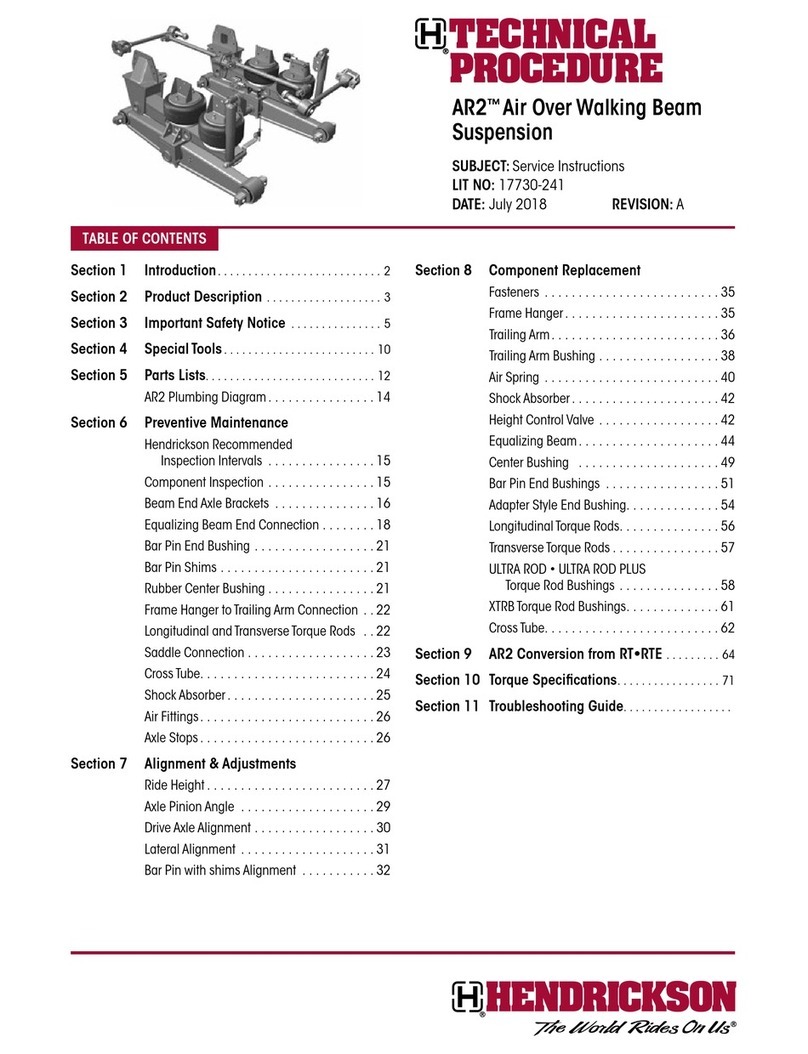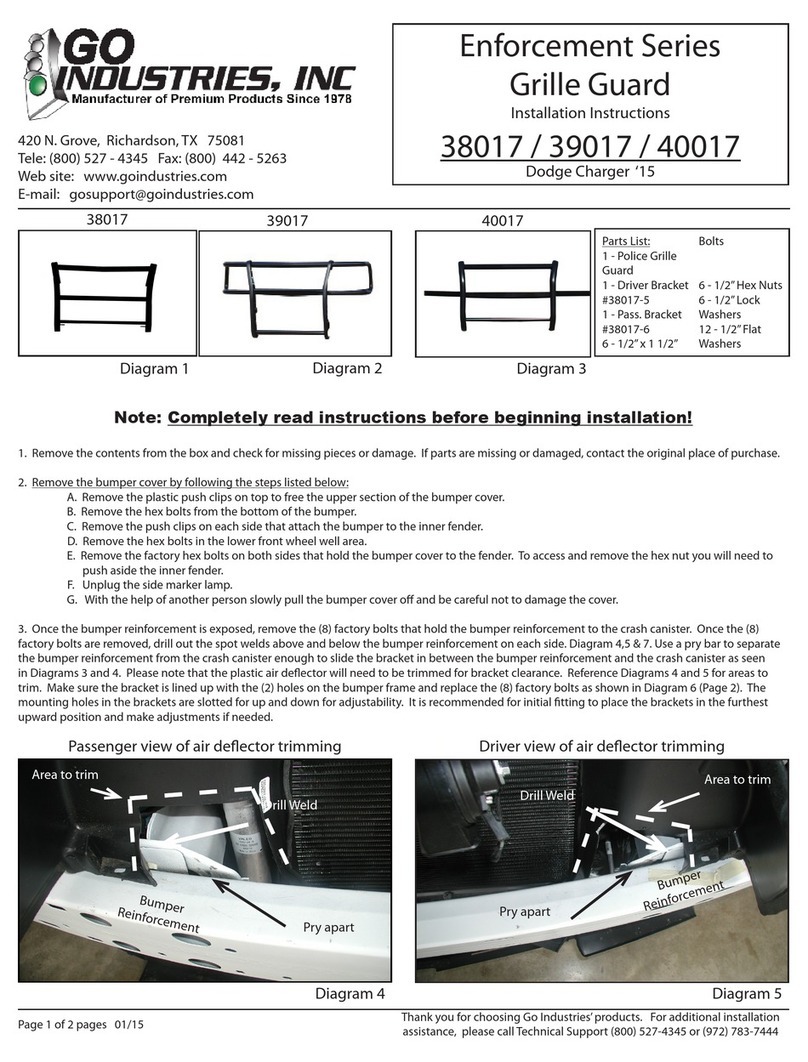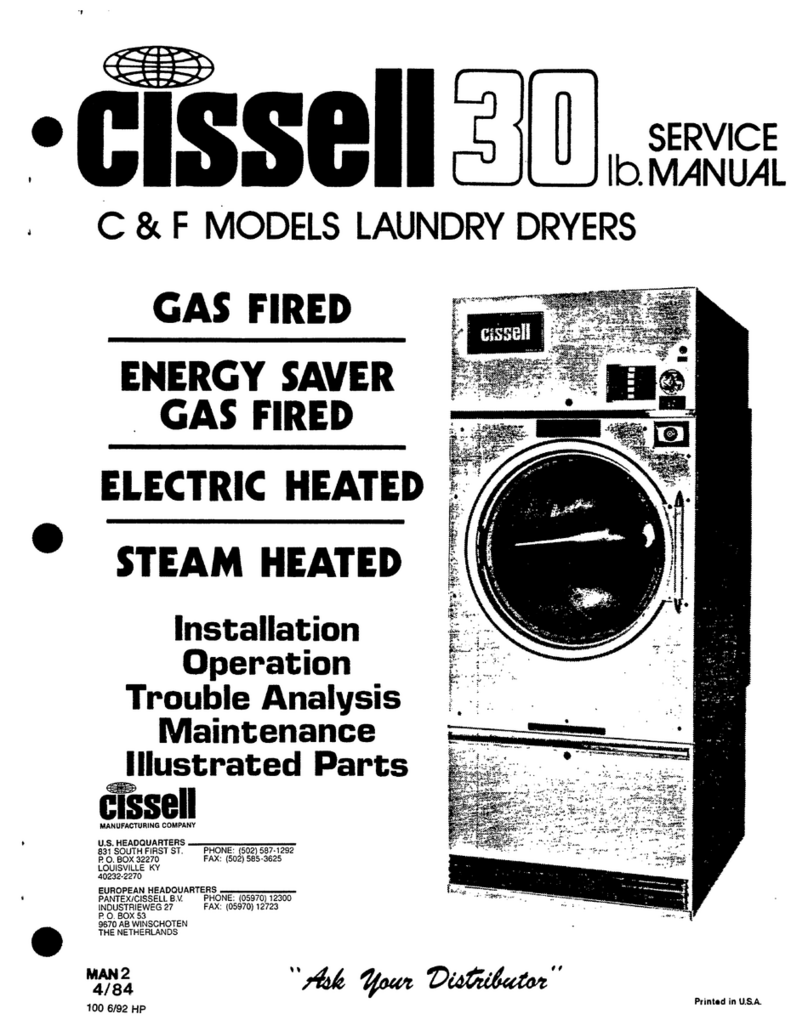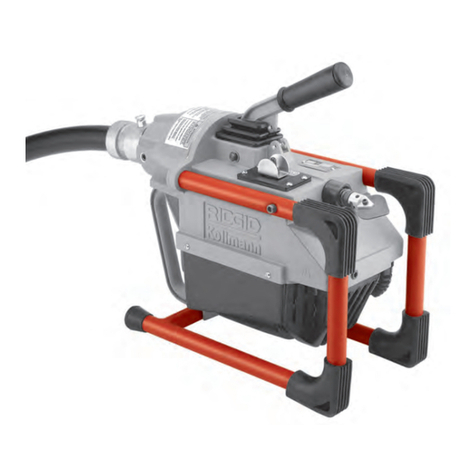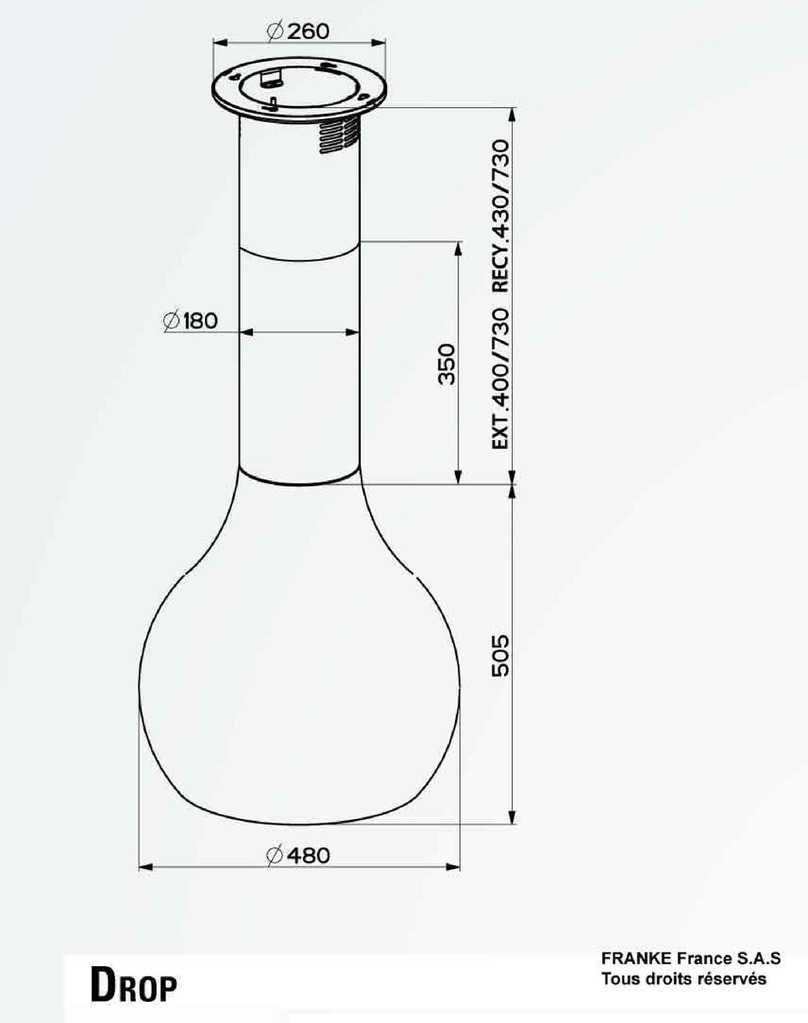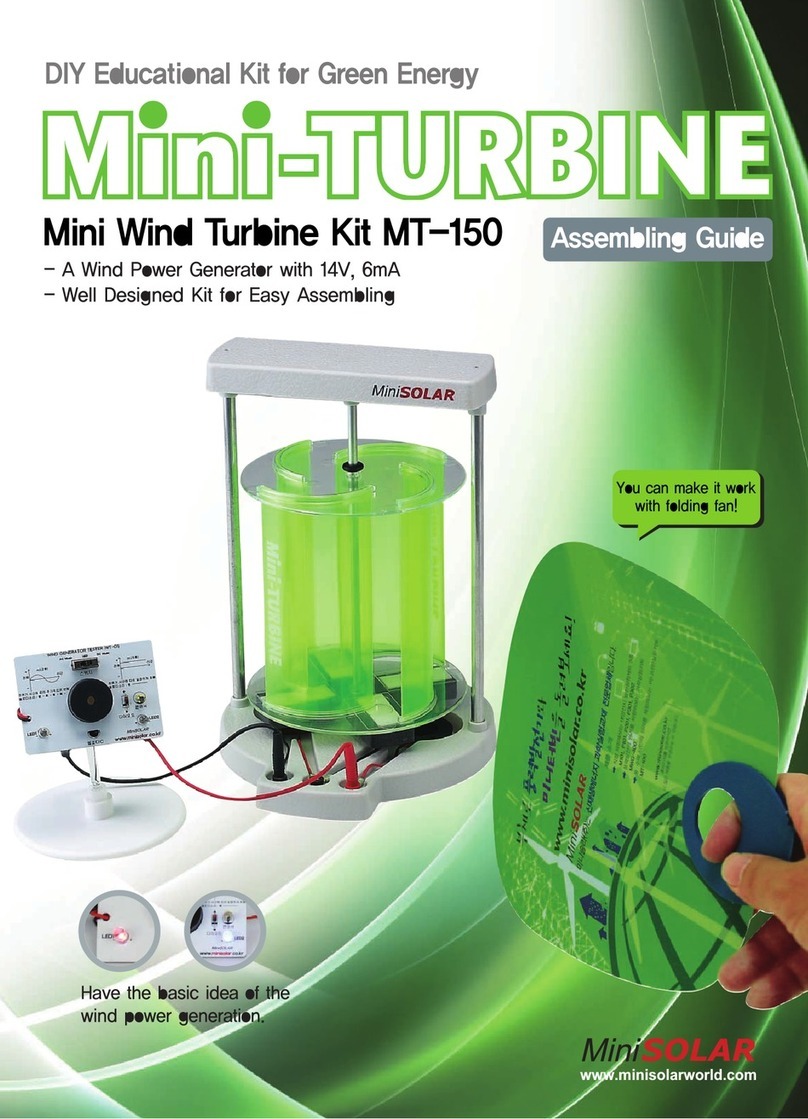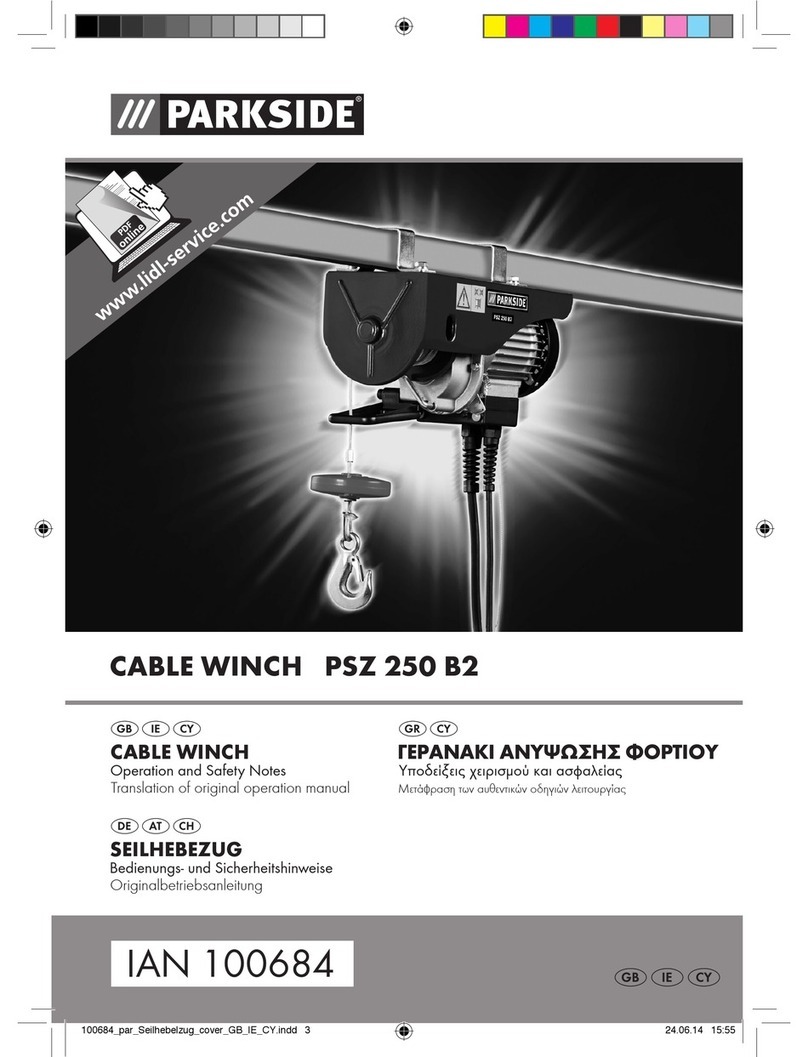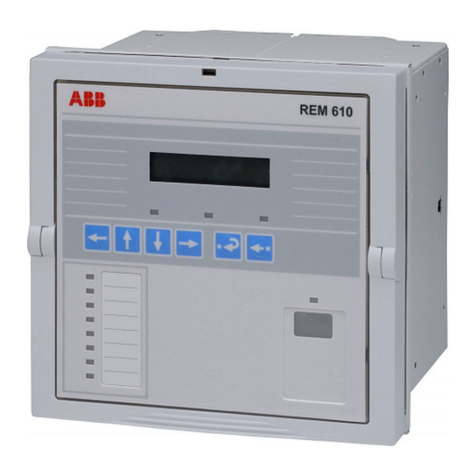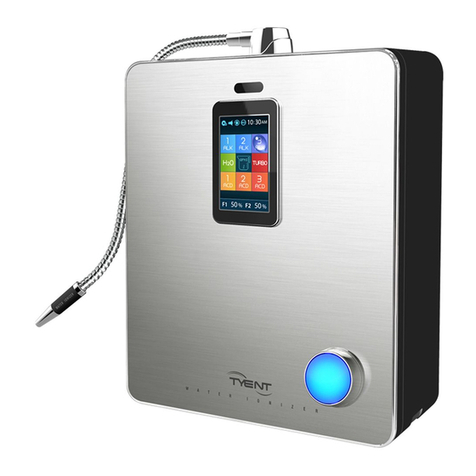STRATA Se/&
GENERALDESCRIPTION
NOVEMBER1987
System differences are restricted to the ca-
pacities of the key service units. STRATA Se has
a maximum capacity of three incoming lines and
eight stations, while STRATA Vle will accommo-
date up to six incoming lines with a maximum
of 16 stations. Bath systems have two intercom
paths as a standard feature, with two additional
paths available on the Vle as an optional fea-
ture.
Utilizing specially designed electronic tele-
phones (each of which is connected to the sys-
tem via industry-standard 2-
or
3-pair cabling
and equipped with a push-button dial pad), solid-
state electronics within the key service unit
translate signals from the station dial pad into
either DTMF or rotary-dial signals, as required
by the Central Office. If the system is to be
equipped with off-hook call announce and/or
modem phones (see Station Equipment), 3-pair
cabling and modular cords must be used.
Maintenance
Maintenance - procedures are based on
quickly locating and replacing defective plug-in
units, keeping service disruption to a minimum.
In addition, remote administration/maintenance
is also an available option for both systems.
02 PHYSICAL DESCRIPTIONS
Key Service Units
Designed for wall mounting, each key ser-
vice unit is housed in a single metal and plastic
cabinet (Figure 2) with the following dimen-
sions:
STRATA Se
Height: 16.5” (420 mm)
Width: 12.0” (306 mm)
Depth: 2.67” (67 mm)
Weight: 9.25 Ibs. (4.2 kg)
STRATA We
Height: 21.25” (540 mm)
Width: 12.9” (330 mm)
Depth: 2.75” (70 mm)
Weight: 15.63 Ibs. (7.1 kg)
The STRATA Se key service unit (Figure 3)
is factory-equipped with two printed circuit
boards (PC&) and a power supply. The main
PCB (SMAU) and power supply are secured to
the cabinet base; the processor PCB (SCCU) is
attached to the SMAU with four screws, and is
FIGURE2-STRATA Se and Vie CABINETS
connected to it via four lo-pin connectors.
These PCBs’ dimensions are:
Main Board (SMAU):
12.5 x 9.5” (318 x 241 mm)
Controller (SCCU):
7.87 x 3.37” (201 x 86 mm)
The STRATA Vle key service unit (Figure 4)
is factory-equipped with two printed circuit
boards (PCBs) and a power supply. The main
PCB (VMAU) and power supply are secured to
the cabinet base; the processor PCB (VCCU) is
attached to the VMAU with four screws, and is
connected to it via four lo-pin connectors.
These PCBs’ dimensions are:
Main Board (VMAU):
9.75 x 15.37” (248 x 390 mm)
Controller (VCCU):
6.00 x 6.50” (152 x 165 mm)
Each key service unit will accommodate up
to eight optional printed circuit boards, The var-
ious dimensions and designations of these are:
Station Interface (SSTU):
4.13 x 4.60” (105 x 117 mm)
OCA Interface (SVCU):
3.37 x 1.62” (86 x 41 mm)
External Page Interface (SEPU):
4.25 x 3.00” (108 x 76 mm)
Music-on-hold Interface (SMOU):
2.25 x 1.13” (57 x 29 mm)
-2-

